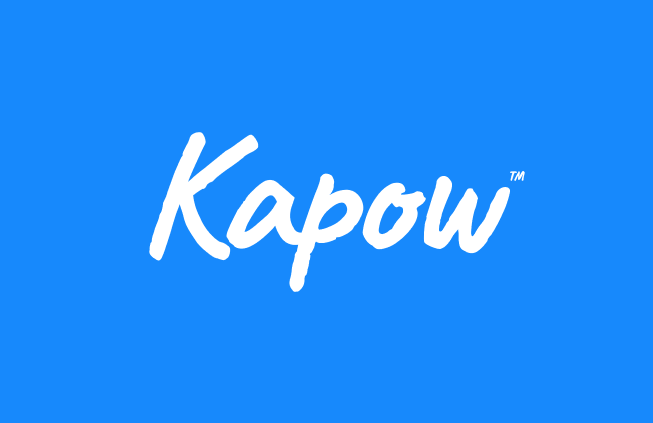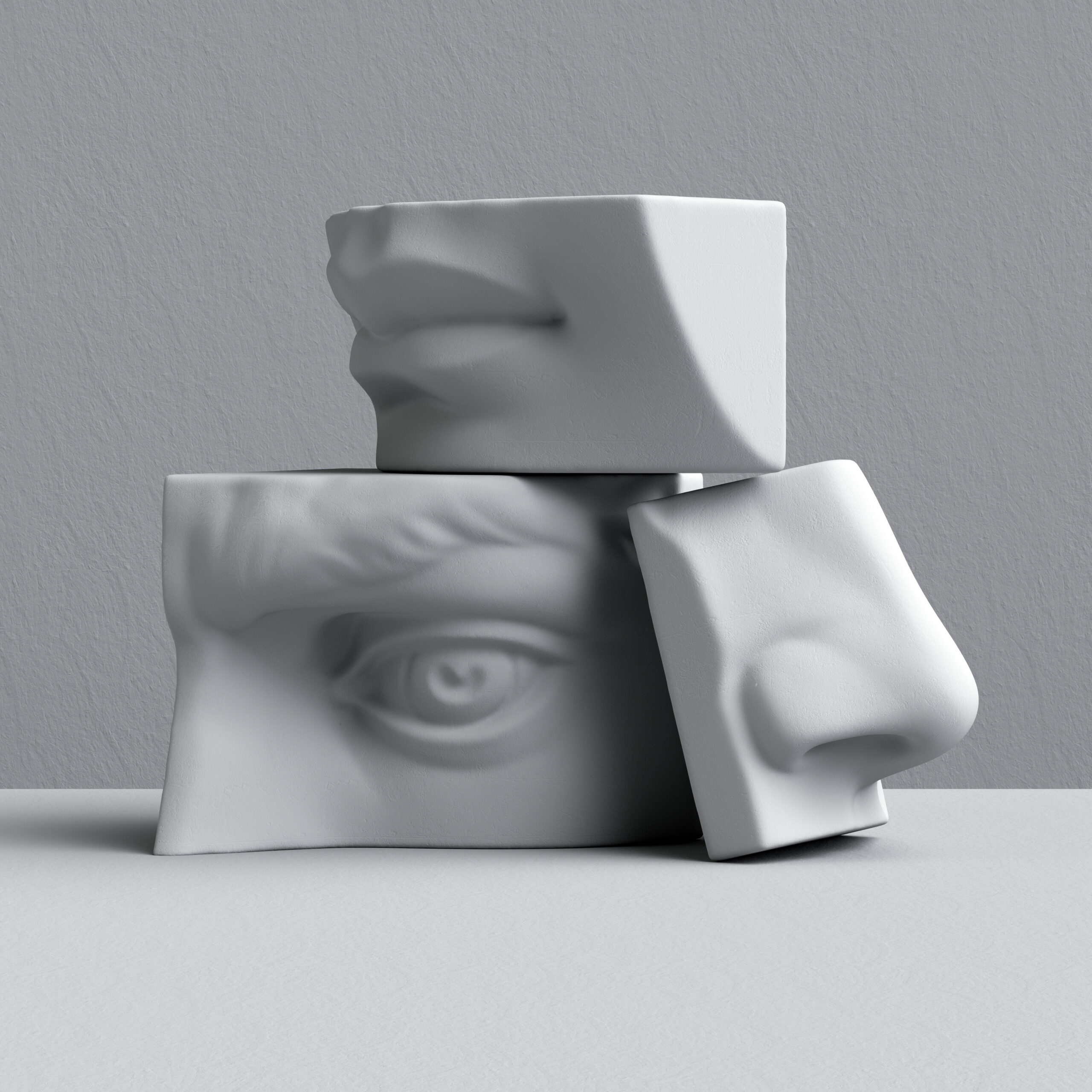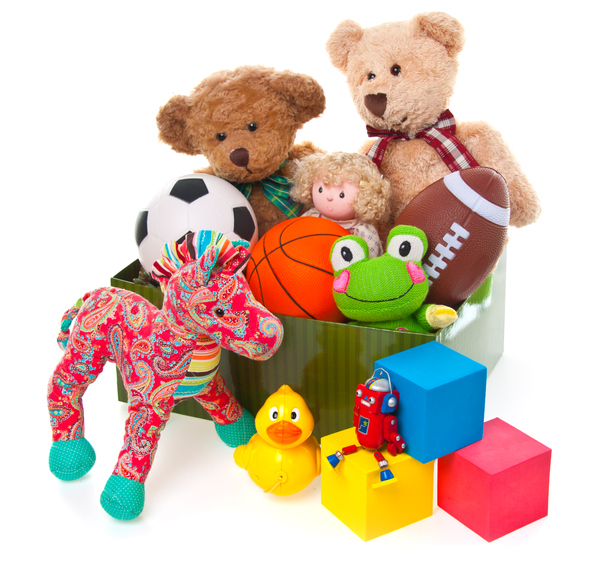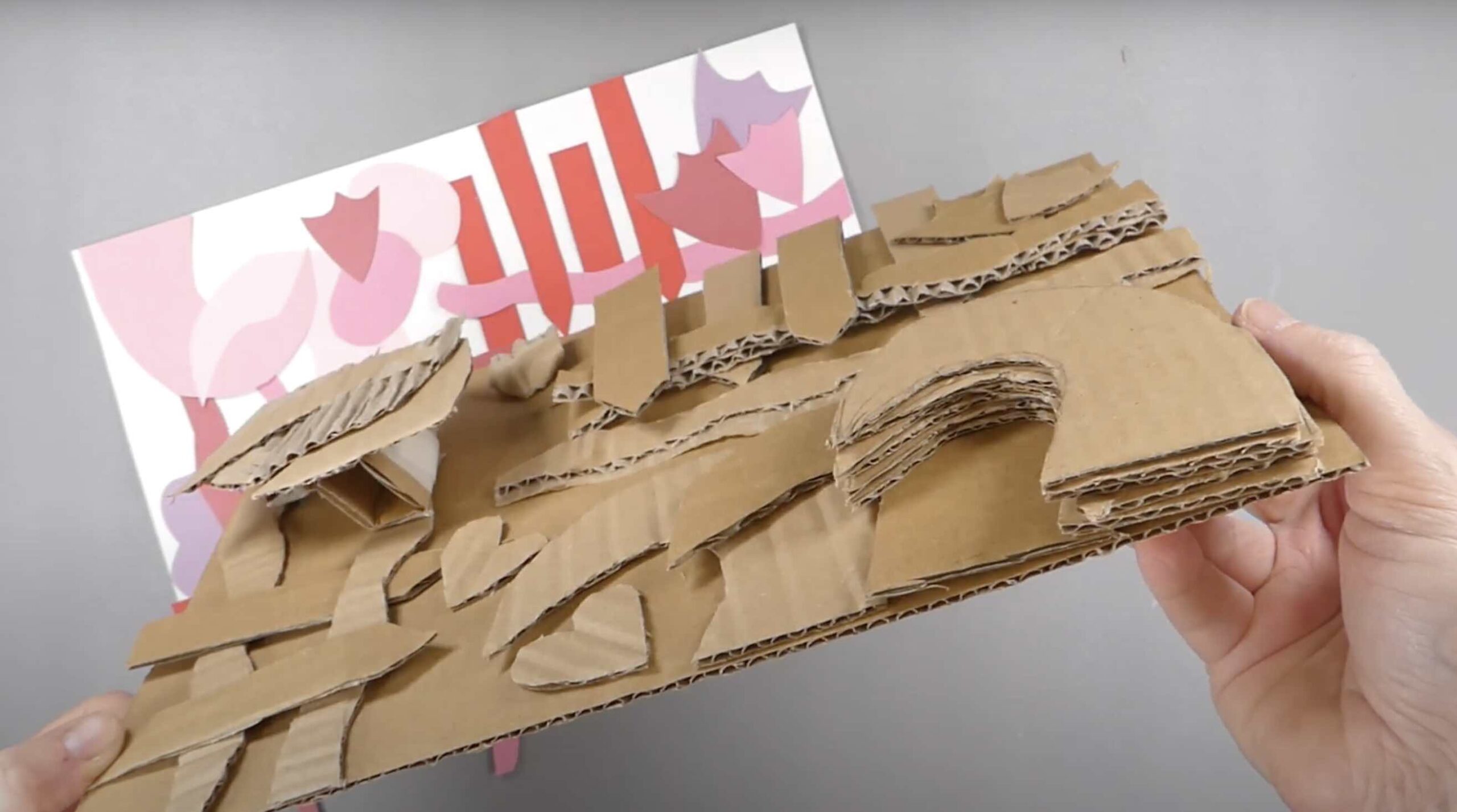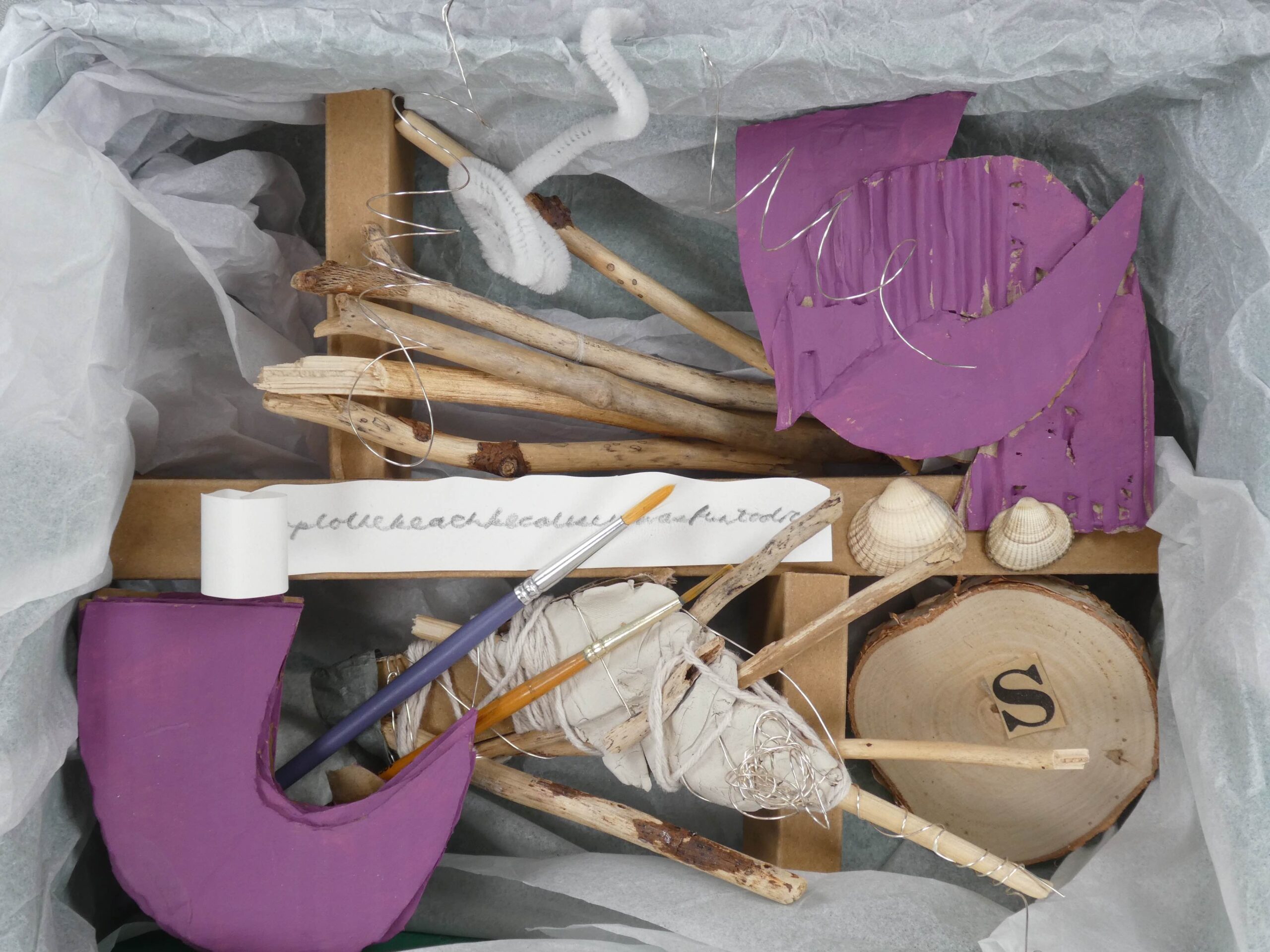Learning intention
- To use creative experience to develop ideas and plan a sculpture.
Success criteria
- I can discuss the work of
This content is for subscribers only. Join for access today.
Cambridge Primary Art & Design (0067) Learning objectives
Experiencing
E.01 Encounter, sense, experiment with
This content is for subscribers only. Join for access today.
Before the lesson
This content is for subscribers only. Join for access today.
Lesson plan
Recap and recall
Show learners the picture of the artwork by Louise Nevelson titled Little Triptych Wall, 1960′.
This content is for subscribers only. Join for access today.
Extended-mode explainer videos
How to extend your display to view the lesson page and preseantion mode simultaneously. Choose your operating system below to watch the video
If you need further support with extending your display,
please contact [email protected].
Differentiation
Learners needing support:
- Should be given a clear instruction, such as, ‘Make your memory box sculpture by arranging objects in it like Joseph Cornell.’
- Could watch the Learner video: Sculpture plans a second time and write their ideas on sticky notes as they watch.
Learners working at a stretch:
- Should include objects that they make in their sculptures rather than just assemblage of objects.
- Should try something new when planning their sculptures.
This content is for subscribers only. Join for access today.
Assessing progress and understanding
Learners with secure understanding can:
- Talk about artists’ work and explain
This content is for subscribers only. Join for access today.
Vocabulary
-
abstract
Art where the subject does not look like it does it real life.
-
assemblage
A collection of things.
This content is for subscribers only. Join for access today.
In this unit
Lesson 1: Exploring self
Lesson 2: Relief sculptures
Lesson 3: Memory museum
Lesson 4: Memory sculpture
Lesson 5: Complete and reflect

